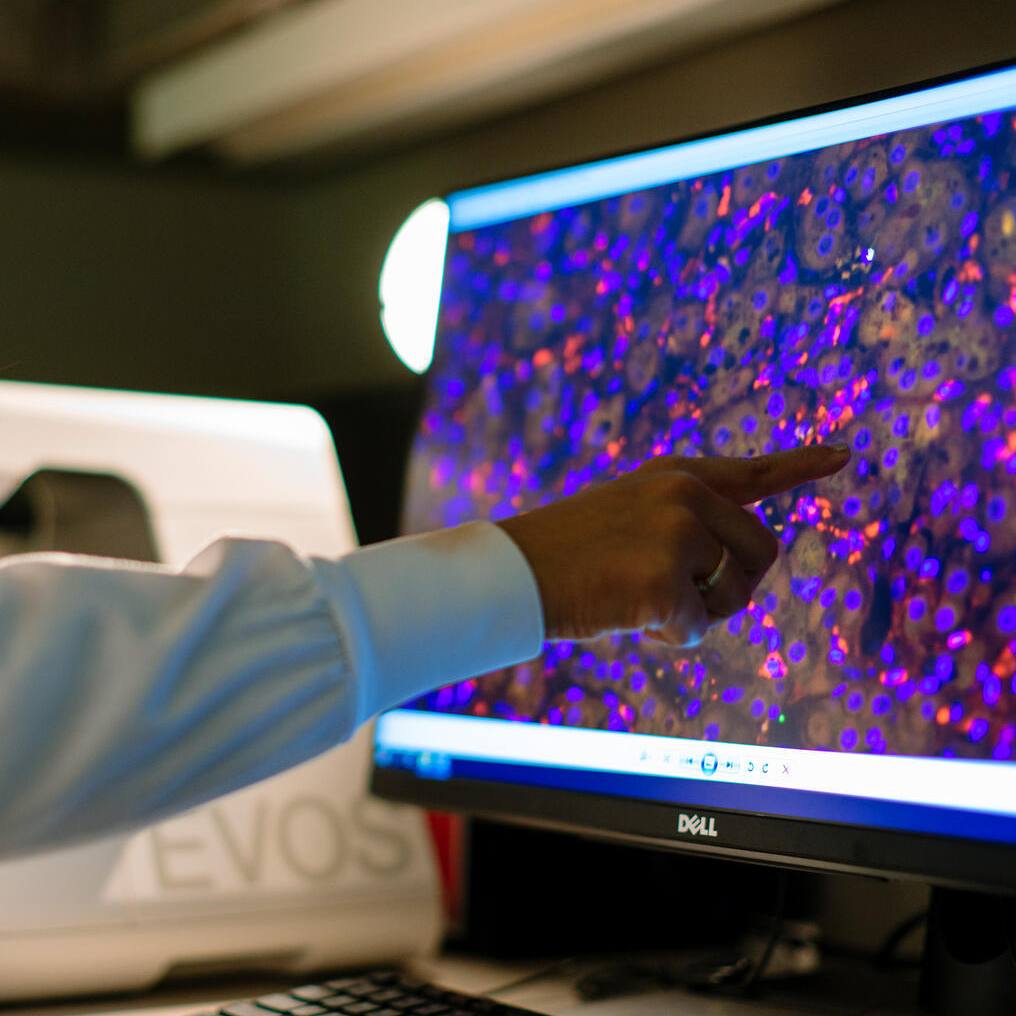-
Mayo Clinic Minute: How Mohs surgery is used to fight skin cancer
Mohs surgery is used to treat the most common skin cancers, basal cell carcinoma and squamous cell carcinoma, as well as some kinds of melanoma.
It’s especially useful for skin cancers located in areas where it’s important to preserve as much healthy skin as possible, such as around the eyes, ears, nose and mouth.
Journalists: Broadcast-quality video pkg (1:00) is in the downloads. Read the script.
Mohs surgery, named for Dr. Frederic Mohs, is an outpatient technique for treating skin cancer, whereby a doctor removes and immediately evaluates a skin sample.
"And by excising it in a certain shape, we’re able to flatten that three-dimensional piece of tissue down on to a two-dimensional plane, which, in this case, is a glass slide," explains Dr. Juan-Carlos Martinez, a dermatologist at Mayo Clinic.
During the removal process, doctors take special care to maintain the orientation of the affected tissue. Then, slides of the sample are created and examined under a microscope.
"If we see normal tissue, all the way around and underneath, then we know that the cancerous process was inside of what we’ve just excised," Dr. Martinez says. "And that is how you provide a cure."
However, if cancer is seen on the edge, Dr. Martinez returns to the patient to remove more tissue, but only from the area where cancer is still present.
"Because we maintain the orientation of the tissue as it comes off of the patient – that is, we know what’s up, down, right and left – we know exactly where that patient still has tumor on them," he says. "That way you’re only taking the tissue that has to come off of the patient."
Dr. Martinez says not only does Mohs surgery spare as much normal tissue as possible, its cure rate is around 99 percent for most skin cancers.
Related: Do you have these melanoma risk factors?







